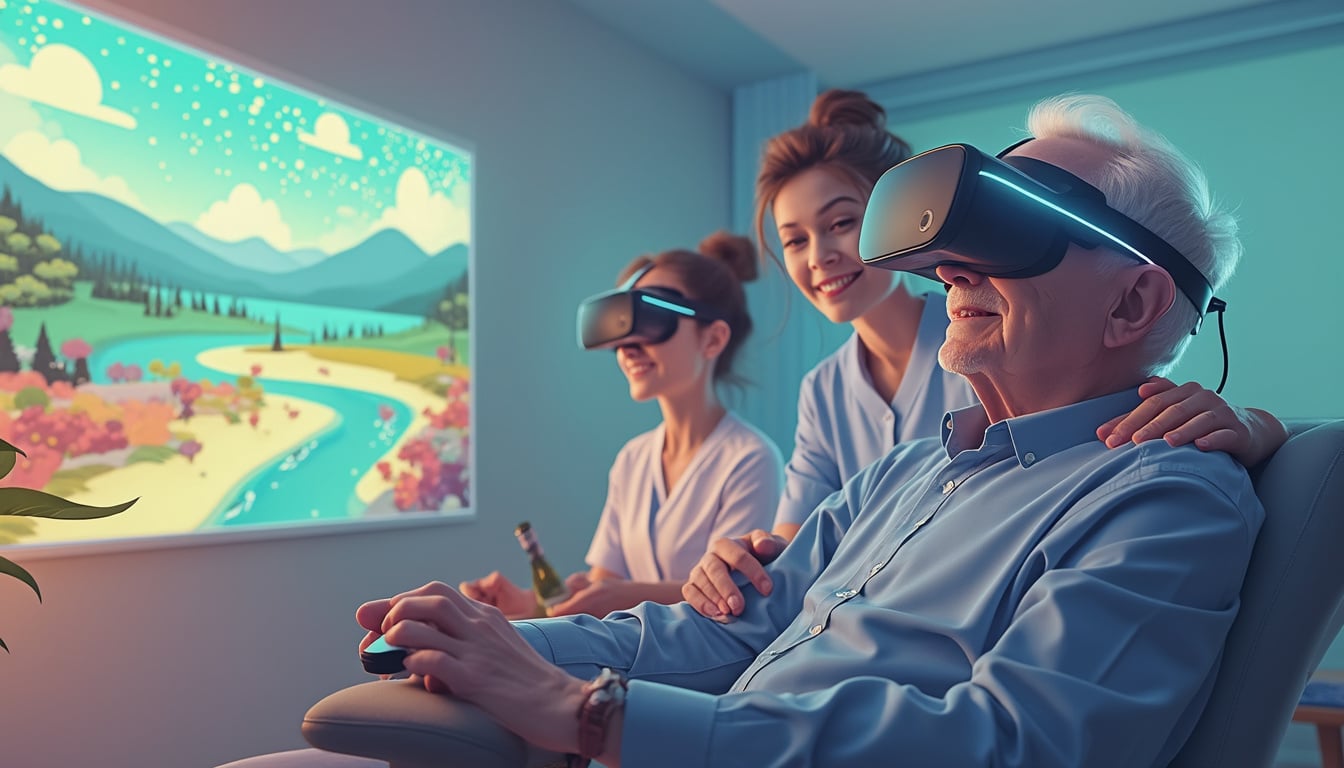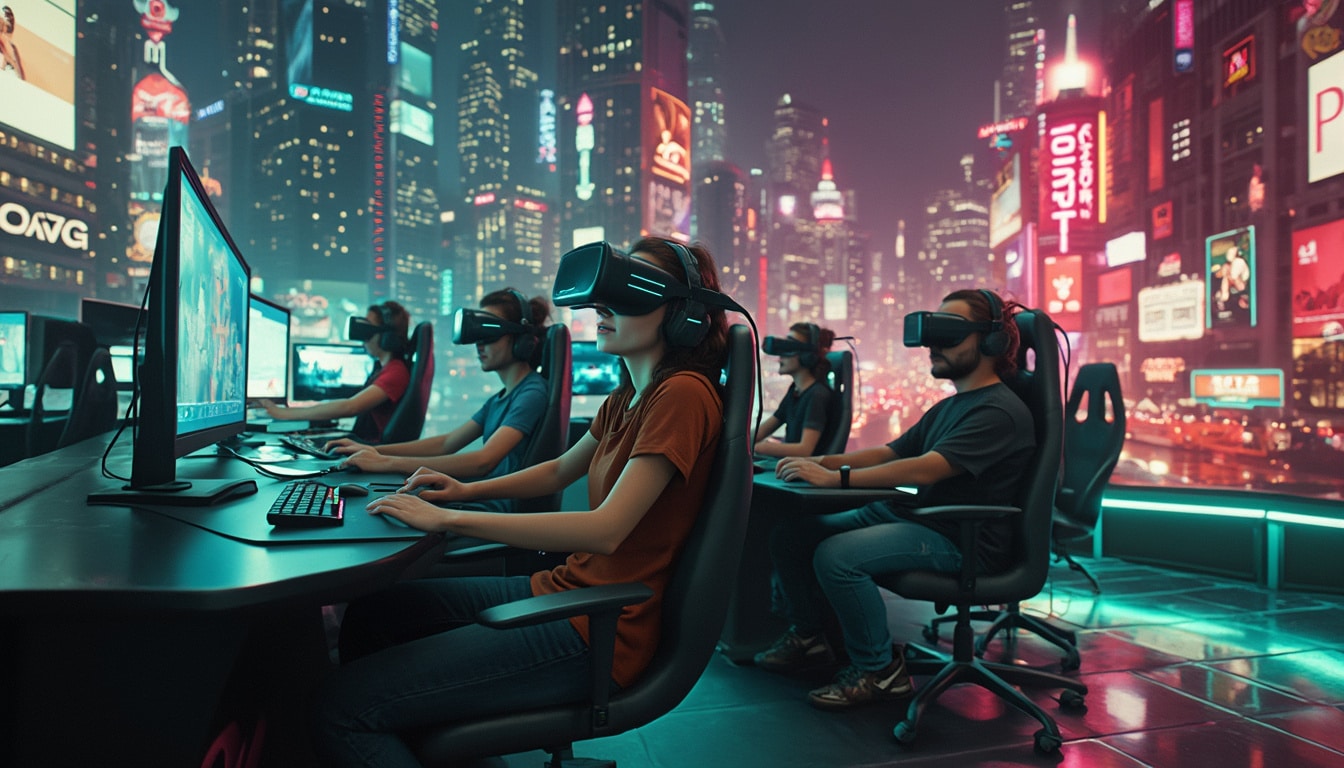The world of augmented reality (AR) took a significant hit recently with the announcement of Microsoft’s HoloLens discontinuation. Once hailed as a revolutionary leap into mixed reality technology, HoloLens 2 has now met its fate, raising questions about the future of AR within Microsoft. With the decision to halt production and support by the end of 2027, it’s vital to explore the underlying factors that contributed to this setback. From shifting company priorities to internal challenges in hardware development, the journey of HoloLens serves as a poignant reminder of the turbulent landscape of technological innovation.

With the recent announcement regarding the discontinuation of Microsoft’s HoloLens headset, the mixed reality landscape is witnessing a seismic shift. The company confirmed that while it will continue to provide critical security updates until the end of 2027, the future of HoloLens appears uncertain. This article delves deep into the various factors that led to this significant setback in augmented reality (AR) technology.
Table of contents
ToggleThe Rise of HoloLens: A Brief Background
Initially launched to great fanfare, the HoloLens was heralded as a groundbreaking piece of mixed reality technology. It combined the realms of virtual and augmented reality, allowing users to interact with 3D holographic images in real-world environments. Many believed it would pave the way for a new era in industries such as gaming, healthcare, and education. The investment in this innovation reflected Microsoft’s ambition to lead the AR market.
Declining Support and Development Challenges
However, the tides began to turn as Microsoft faced a series of challenges. Despite the initial excitement surrounding the HoloLens 2, there were reports of internal discord and a lack of focus on developing the next generation of the device. The rumored HoloLens 3 seemed like a beacon of hope back in 2022, but as development stalled and key teams behind the technology were disbanded, the reality set in that there might not be a successor in sight.
The Greed Factor: Influence on Product Development
Many enthusiastic users have expressed their disappointment, citing that Microsoft’s increasing greed has tainted their enthusiasm for the product. As the company prioritized profit margins over innovation, the support for the talented developers who once drove the mixed reality initiatives began to dwindle. This shift in priorities raised concerns about the future of further updates and enhancements that the technology desperately needed.
Market Dynamics and Competition
An integral factor contributing to the HoloLens’s demise is the increasingly competitive AR market. New players have emerged, each bringing innovative solutions that cater to diverse needs. As companies like Apple enhance their offerings, the gap in technology and features presents a challenge for HoloLens. The lack of competitive edge arguably contributed to its declining relevance in a rapidly evolving tech landscape.
Customer Feedback: The Missing Voice
Despite being lauded for its impressive capabilities, HoloLens received varying feedback from its user base. Reports of software struggles and user experience challenges surfaced, sparking conversations around usability. As a mixed reality device, it required more than just technological advancement; it needed to resonate with a broader audience. The lack of actionable feedback loops made it difficult to iterate and improve the product efficiently.
Future Possibilities: What lies Ahead?
While HoloLens as we know it may be on its way out, Microsoft has expressed a commitment to investing in the potential of mixed reality. This signals a possibility of future innovations that could emerge from their labs, even if that does not specifically include a new version of HoloLens. The road may seem long and winding, but the allure of AR continues to captivate tech enthusiasts worldwide, raising questions about how and when Microsoft will leverage new advancements in this field.

Microsoft's HoloLens mixed reality headset officially being discontinued, with no new iterations coming https://t.co/nws7L7UJCU pic.twitter.com/9hufNeZ6RS
— Eurogamer (@eurogamer) October 1, 2024














